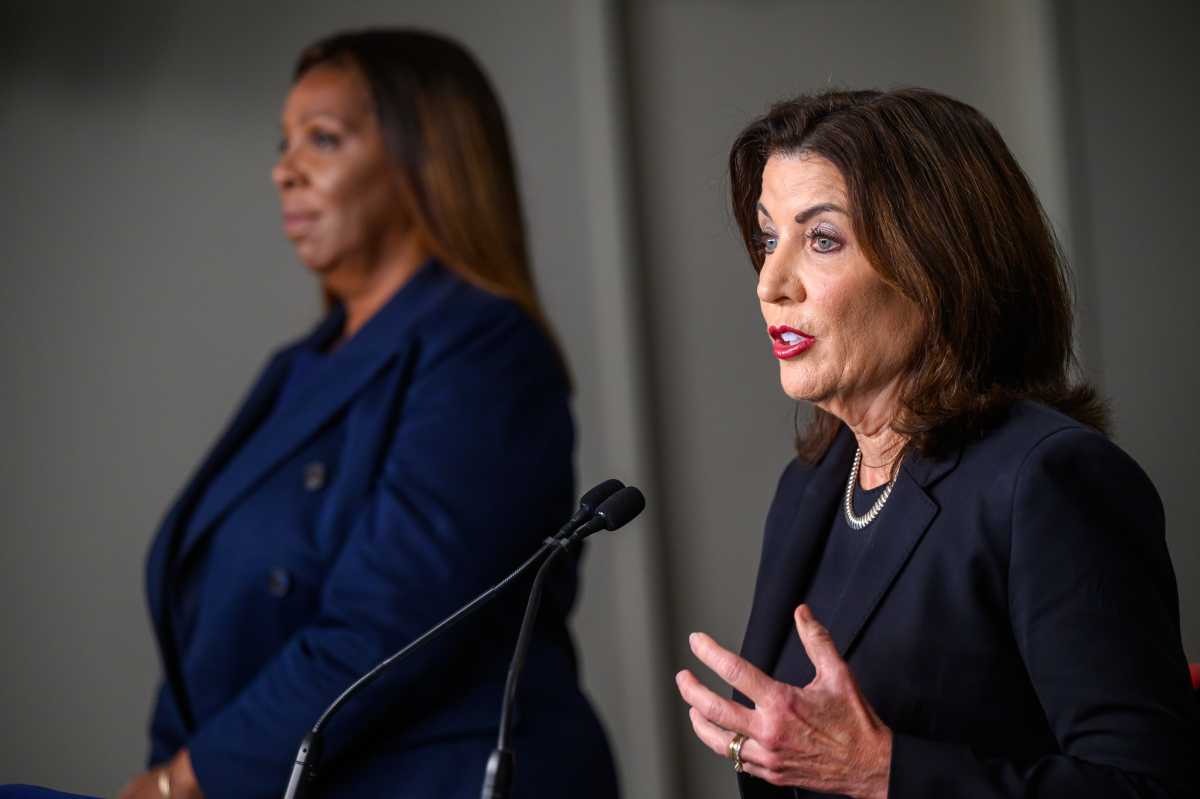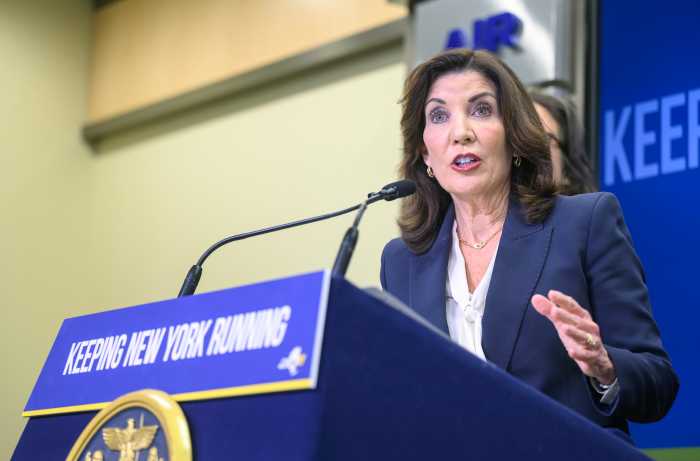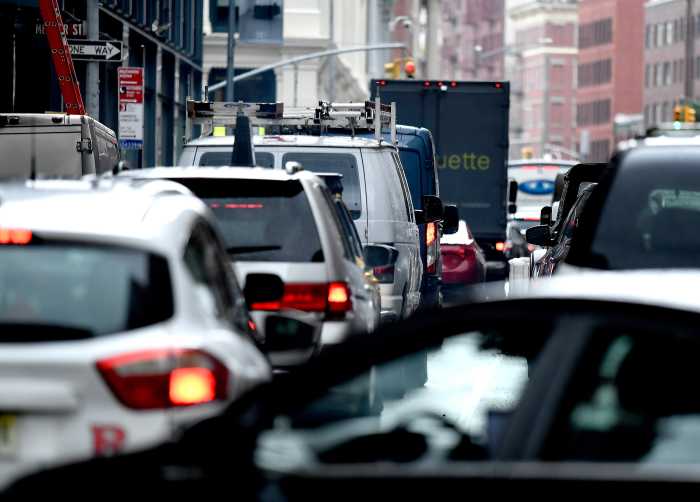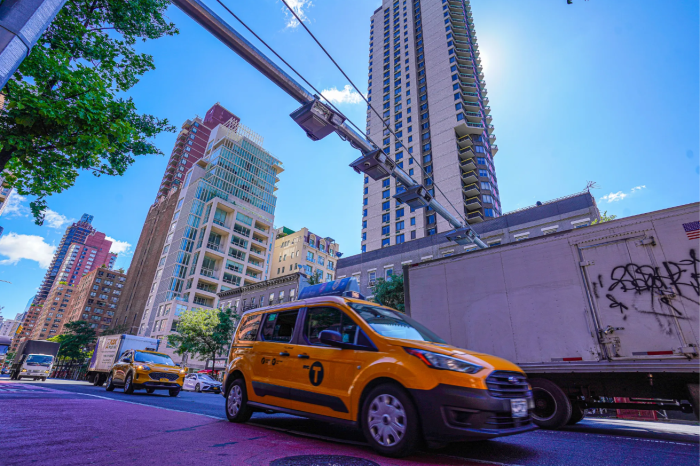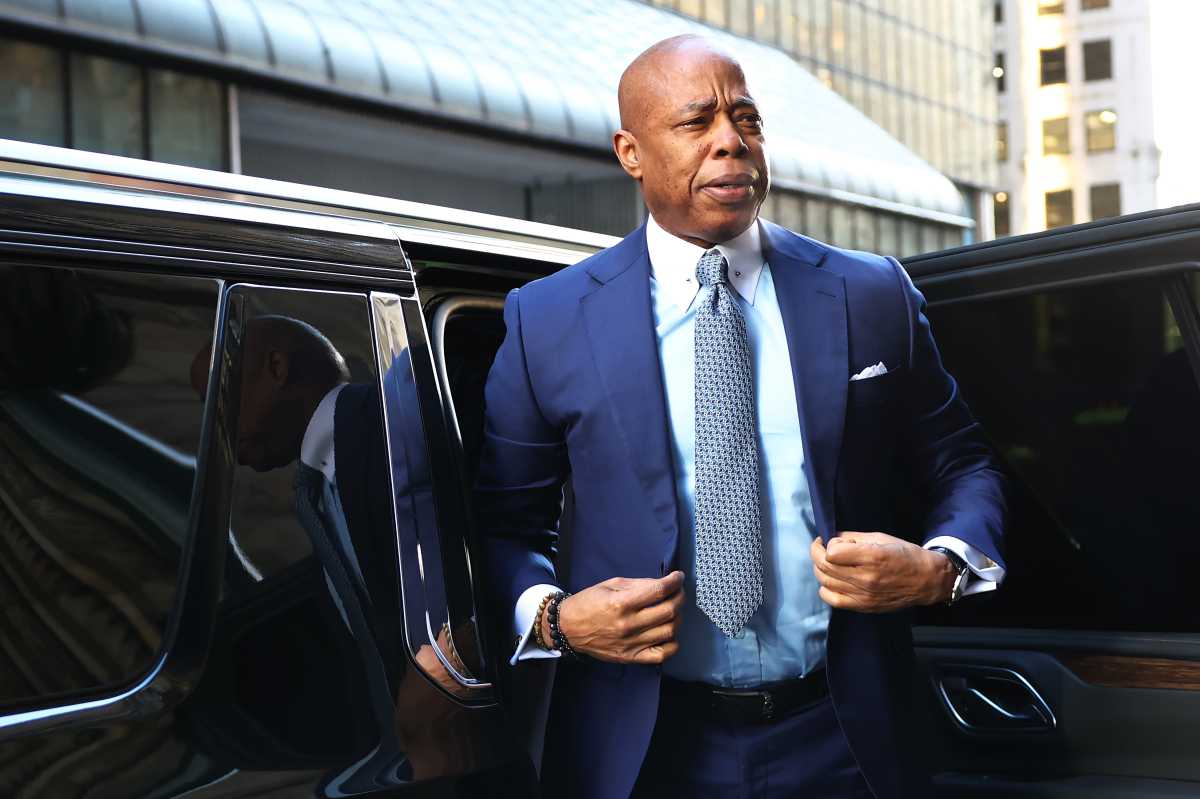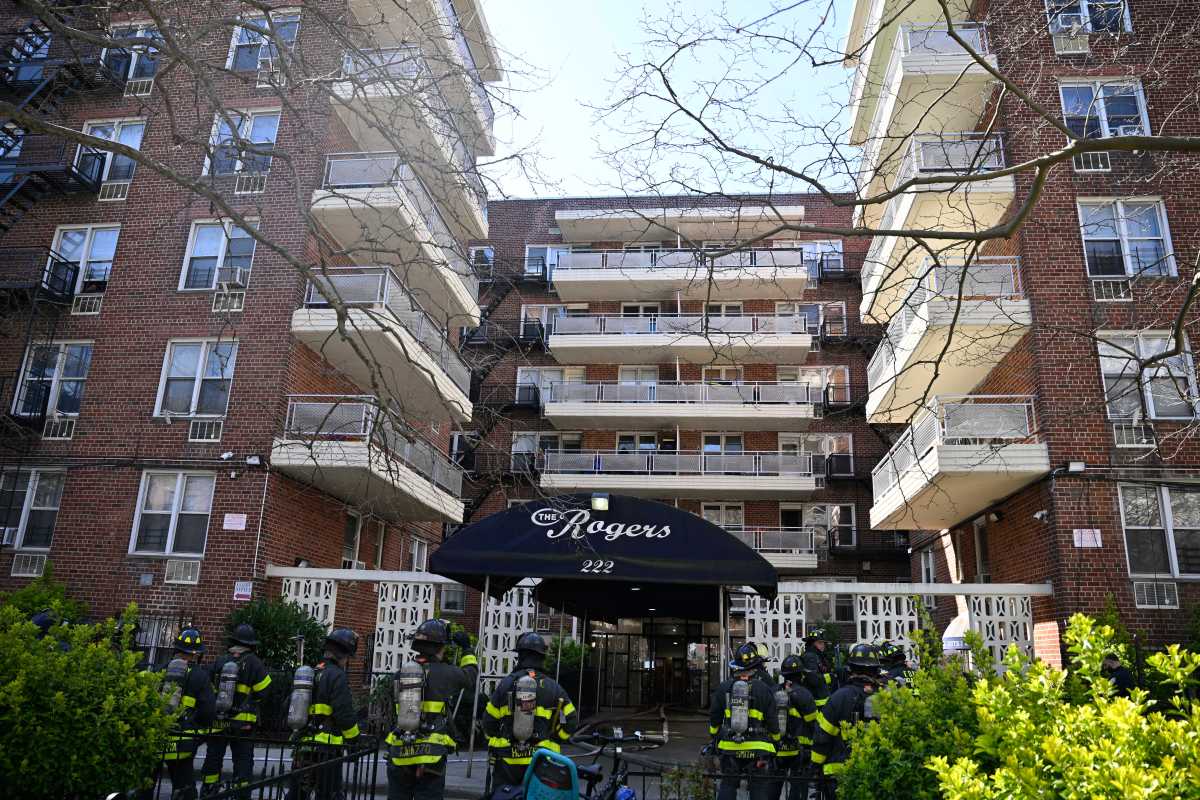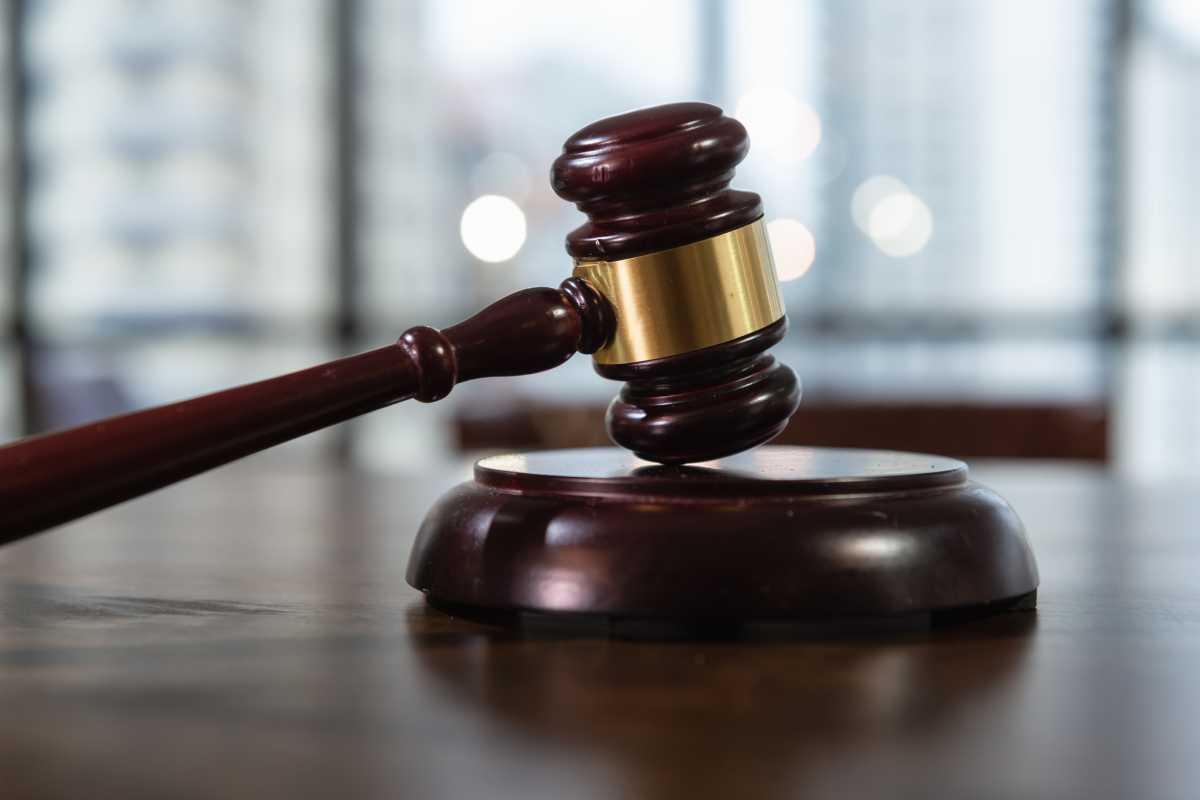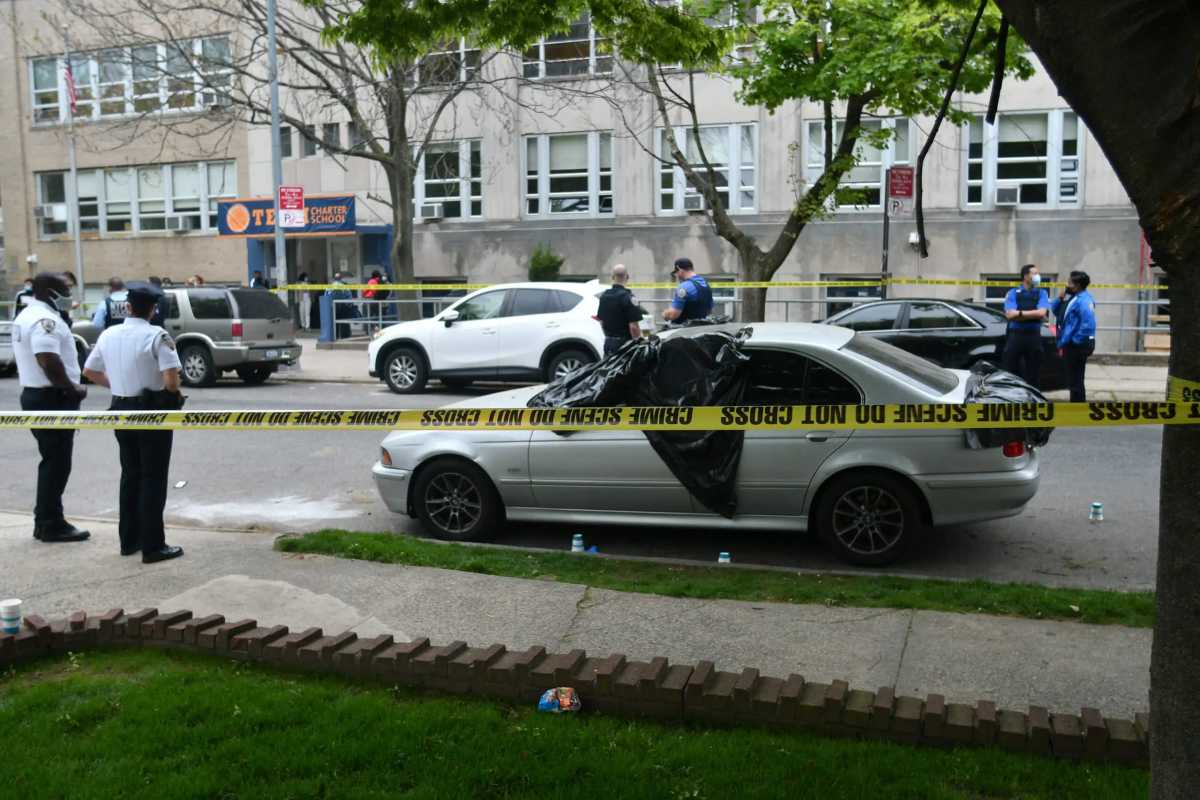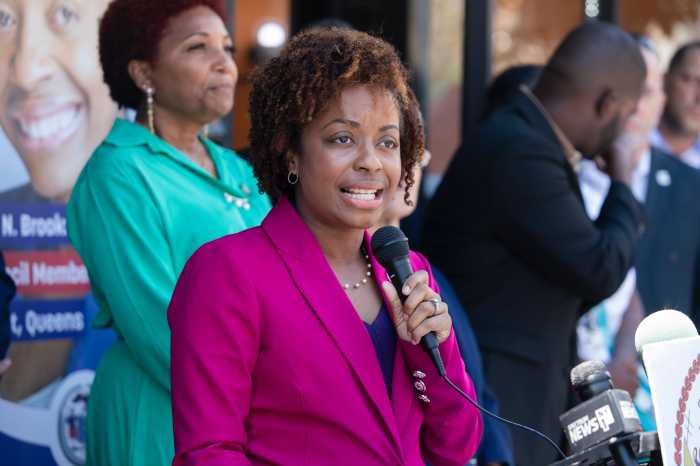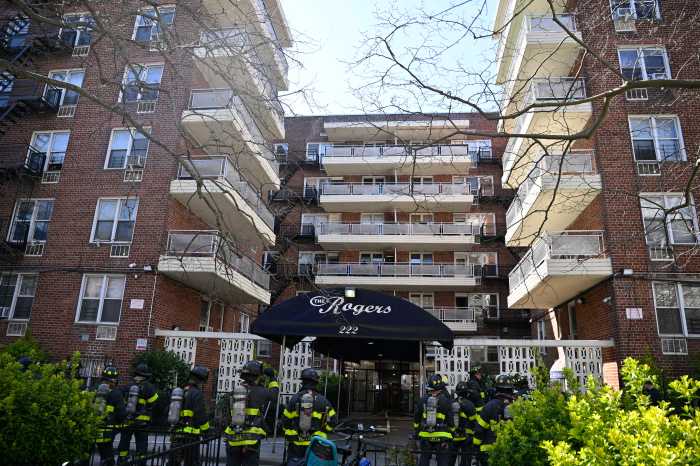New York’s mass transit system could be in for an uncertain future under a second Donald Trump administration, and advocates are now pushing Gov. Kathy Hochul to start the congestion pricing program before his inauguration on Jan. 20.
The Manhattan tolling program, which would fund billions of dollars in mass transit improvements, has been on “temporary pause” since Hochul announced the suspension in June, much to the furor of advocates who are seeking to reverse the pause in court.
On social media, Trump has previously promised to “TERMINATE” congestion pricing in his first week in office, putting the MTA in a race against the clock to secure $15 billion of capital funding before it potentially disappears forever.
“Gov. Hochul must race against time to secure the money New Yorkers need to fix our aging subway and protect riders from climate change,” said Danny Pearlstein, policy and communications director at the Riders Alliance. “Right now, our governor must fund the reliable trains and accessible stations that she paused for political gain.”
The stakes are dire for New York. The pause on congestion pricing blew a $16.5 billion hole in the MTA’s $55 billion 2020-24 capital plan, imperiling priorities like expanding the Second Avenue Subway, modernizing subway signals on multiple lines, and making the system more accessible for people with disabilities.
The MTA now has a new proposed five-year capital plan worth $68 billion, which officials say largely prioritizes “state-of-good-repair” work that keeps the aging system in working order and forestalls cataclysmic collapse of assets like elevated subway structures. The plan is only half funded, though, and Hochul has suggested it might have to shrink.
Trump, ever a vindictive personality, has promised to exact revenge on his political enemies in a second term. Many Democrats believe this could come in the form of withholding federal funds from states like New York, where voters rejected Trump and pols tend to oppose his agenda.
“I think it’s very clear that if Donald Trump wins, the money will not flow to New York,” Rep. Dan Goldman (D-Manhattan/Brooklyn) said at an MTA press conference last week. “He has previously demonstrated that his policy decisions are based on the political leanings of the various states. He is not somebody that is interested in representing any states that do not vote for him.”
Trump slow-walked giving federal approval to New York’s congestion pricing program, which was approved by lawmakers when he was in power in 2019 and was initially forecasted to take effect in 2021. Federal environmental review kicked off in earnest under Joe Biden’s administration, and approval was granted in 2023.
Congestion pricing was set to take effect on June 30 of this year, but Hochul announced her intent to pause it with just over three weeks to go, citing what she cast as too much of an economic burden on working-class New Yorkers.
The MTA’s 2020-24 capital plan was undergirded not just by congestion pricing but also by freely flowing dollars from the Biden infrastructure bill. According to an analysis by the State Comptroller, the federal government’s contribution to the MTA capital plan nearly doubled between the Trump and Biden administrations; meanwhile, the federal government contributed less than $80 million in discretionary grants to the MTA under Trump versus nearly $4 billion under Biden.
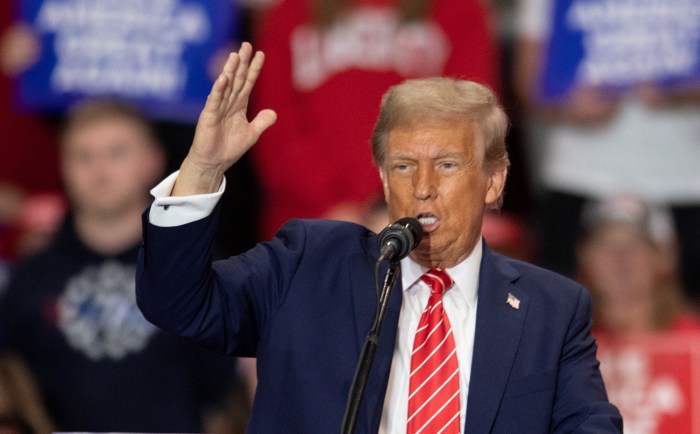
“The MTA’s needs are massive, so even if they funded it at the same level as the last administration, the needs are so much bigger,” said Rachael Fauss, senior policy advisor at Reinvent Albany. “I think we are looking at a smaller funding envelope. And that’s all the more reason for Kathy Hochul to take $15 billion off her plate and turn on congestion pricing while she can.”
Hochul has insisted she will find the tens of billions of dollars needed to make the MTA whole but has not given any indication of how she will do that.
Speaking to reporters on Wednesday, Hochul said she intended to put forward “announcements and…a funding plan” by the end of the year — in a “timely-enough frame” — and noted she had spoken with the White House three days ago on the topic of congestion pricing, but wouldn’t elaborate.
She also noted that she intended to be a bulwark against the Trump administration and any attempts to defund projects like the Gateway Tunnel or the Second Avenue Subway — though the latter is now suspended anyway due to the pause on congestion pricing.
At the MTA’s monthly board meeting last week, agency chief Janno Lieber said he had not spoken with either Trump or Vice President Kamala Harris regarding the MTA’s priorities. On Wednesday, Lieber said the MTA will approach the new administration in a “businesslike” fashion.
“The MTA’s approach is businesslike, focused on running great service to move millions of people, because when New York does well, the national economy does well,” said Lieber. “We will make the case in Washington, where there is a long history of bipartisanship on transportation issues — as we did during COVID, working alongside Sen. Schumer, Republicans, Democrats, and the first Trump administration to make sure transit was able to keep going.”
Rumors have swirled that Hochul is mulling restoring the toll at a lower rate.
If the $15 base toll isn’t lowered below $9, it likely wouldn’t trigger the need for another federal environmental review, though it may require further signoff from the internal MTA tribunal that determined the tolls in the first place and further re-evaluation by the feds that it fits within the original scope of the environmental assessment. But the clock is ticking.
“We’ve heard again and again that the President-elect plans to cut transportation and infrastructure funding. Having congestion pricing firmly in place will make it much harder to wipe out,” said Lisa Daglian, executive director of the Permanent Citizens Advisory Committee to the MTA. “Governor Hochul, the situation has never been more stark — we’re facing transit Armageddon without your leadership. It’s now or never for congestion pricing and the future of transit in your hands.”
Updated at 10:40 am on 11/7/24 to correct a quote from Rep. Dan Goldman.



